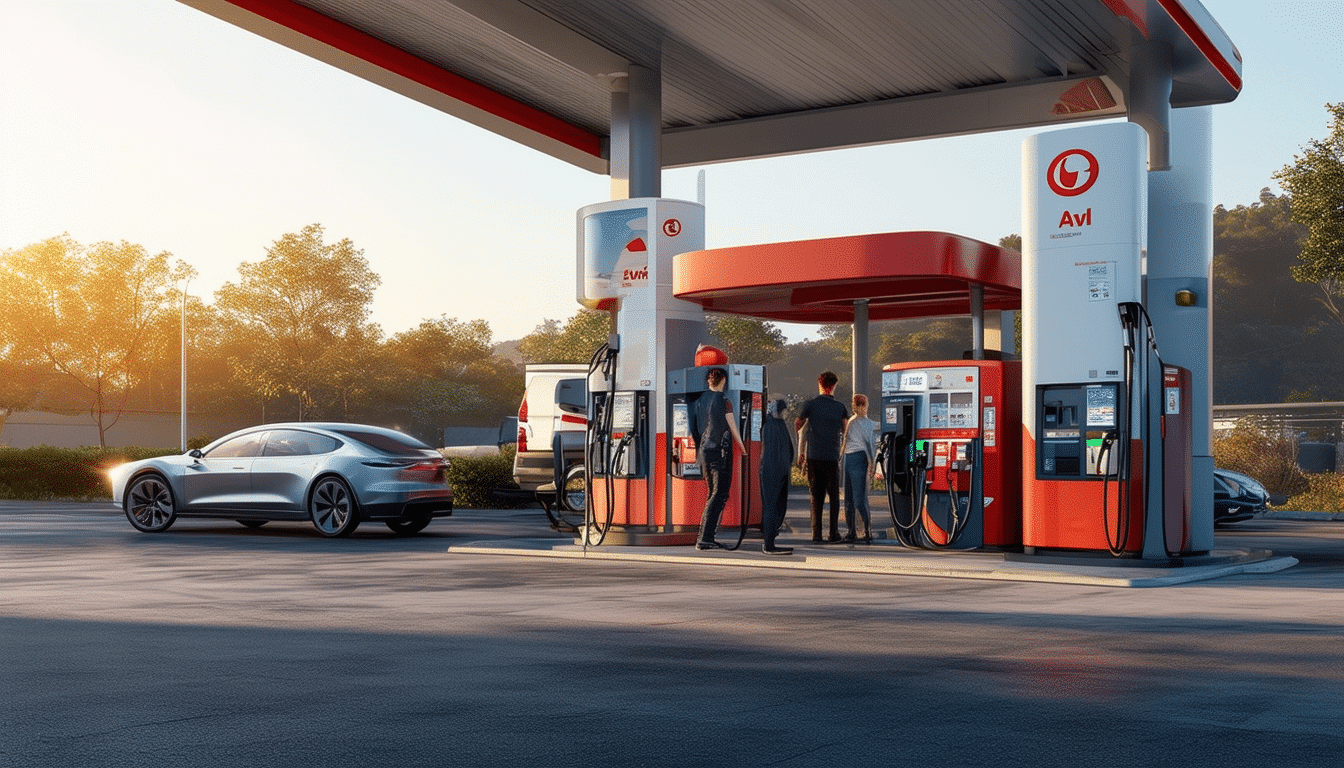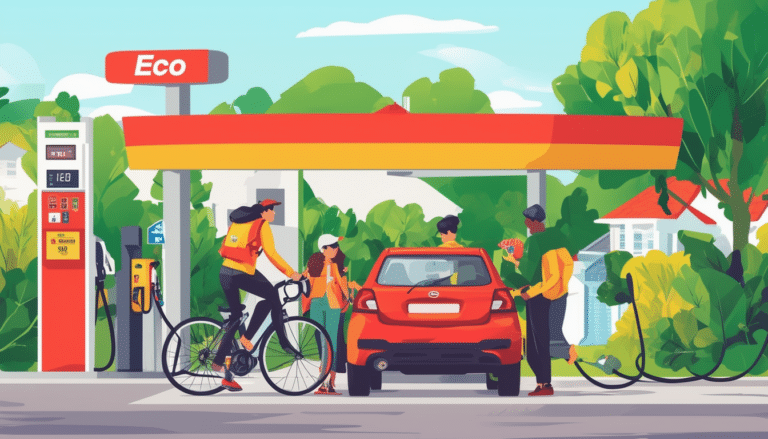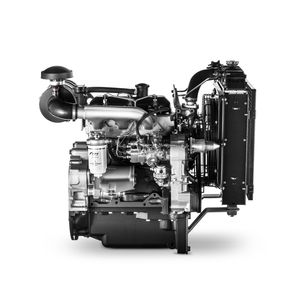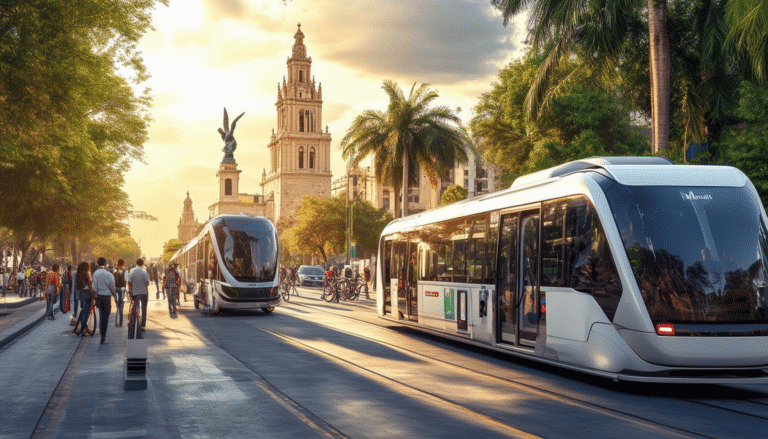Autofueling: Is this the new era for gas stations?

The self-service fuel loading is emerging as an innovative modality that could transform the experience of consumers at service stations. This model, which allows users to fuel their own vehicles, promises to offer greater autonomy and speed compared to traditional methods. As the global market adapts to new mobility paradigms, including electric vehicles, the implementation of this modality could be key to revitalizing a sector that faces significant challenges. The question is: are we witnessing the beginning of a new era for service stations?
The self-service fuel loading is positioned as an innovative alternative that could transform the landscape of service stations. This system allows drivers to refuel independently, similar to what is already happening in other countries, providing a series of advantages for both users and the stations themselves. As technology advances, and the demand for more efficient solutions grows, the implementation of this modality may mark the beginning of a new era in the way fuels are distributed and consumed.
The Self-Service Proposal
The proposal to implement self-service fuel loading at service stations has been discussed at the governmental level, promoting a system in which customers can refuel without the intervention of an employee. This model, already adopted in several international markets, aims to offer greater convenience and efficiency in consumer service.
Additionally, the inclusion of electric vehicles in this new scheme is taken into account, which could further facilitate the adoption of cleaner and more sustainable technologies. By allowing drivers to operate freely, it is expected that wait times will be significantly reduced, especially during peak hours.
Advantages for Drivers
The self-service fuel loading offers multiple benefits to drivers. First, the increase in speed is one of the highlighted aspects, as users can refuel quickly without long lines by not depending on an operator.
Moreover, the stations could operate 24 hours a day, thus providing a flexibility in hours that adapts to the current needs of consumers. This modality will not only improve user experience but could also result in a reduction in operating costs, potentially translating into lower prices for fuels.
Benefits for Service Stations
From the perspective of service stations, self-service fuel loading also promises a series of advantages. A key element is the reduction of labor costs, as less staff would be required to operate. This could allow stations to become more profitable by decreasing their overhead costs.
On the other hand, the implementation of self-service systems could contribute to a more secure environment for workers, reducing their exposure to risky situations related to theft or assault. This not only protects employees but could also encourage more people to work in this sector.
A Cultural and Technological Change
The evolution towards self-service fuel loading is not just a technical change but also a cultural one. Consumers must adapt to take charge of their own refueling process, empowering them in the service experience. In countries where this practice is already implemented, it has been observed that drivers highly value the autonomy and control it provides.
As more cities adopt this trend, it is safe to say that the way we interact with service stations will continue to evolve, creating a significant impact on our daily routines and interactions with fuel.
Conclusion: A Promising Future
The self-service fuel loading is a modality that could revolutionize the way the service station sector operates. With benefits for both consumers and suppliers, this transition towards a new service format represents an opportunity to integrate technology more deeply into fuel consumption.
As we move in this direction, it remains to be seen how the model will adapt to the particularities of each region and how the results will stand out after its implementation.
The proposal to implement the self-service fuel loading system marks a milestone in the operation of service stations. This model, which allows customers to fuel themselves, has been successfully adopted in other countries like the United States, where the practice is common and has proven effective. The speed and autonomy offered by this modality are factors that could enhance the consumer experience, making refueling more efficient and less dependent on staff availability.
In addition, including charging for electric vehicles in this scheme not only diversifies the service at the stations but also anticipates trends towards a more sustainable future. It is expected that the growth of the electric vehicle market in the coming years will lead to more users seeking solutions that facilitate charging their vehicles on the same platform where they refuel with traditional fuels.
From the perspective of service stations, implementing self-service could result in a reduction in labor costs and an improvement in safety, as human interactions during the refueling process are minimized. This could reduce the risk of incidents and theft, while providing owners with the opportunity to optimize their operations. However, transitioning to this new model requires infrastructure adaptation and clear regulation from authorities to ensure that quality and safety standards are maintained.
In summary, self-service fuel loading represents a significant evolution in the service station sector, aligning with modern consumer demands and current environmental challenges. Stations that succeed in adapting to this change could not only maintain their relevance in the market but also lead the transition to a more sustainable and agile model in energy supply.





